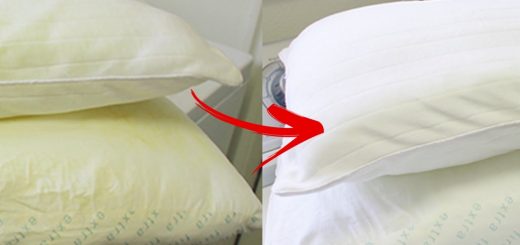Fixing Wood Floor Swelling – Causes And Solutions
A wood floor completely changes the décor in a room, making it warmer and more welcoming, unlike a tile floor. But mind that moisture is bad for all types of solid and engineered wood floors, as well as bamboo floors. Apart from the damage it can do to the surface — stains and discoloration — moisture causes wood to swell, and when that happens the floor can be ruined. Reducing humidity in the room may help, but if the moisture is in the subfloor — which is usually the case — the solution may not be straightforward. So here is more on fixing wood floor swelling.
A first possible cause may be moisture originating in the underfloor cement screed or in the water based adhesives used for installing the wood planks, the latter more unlikely to occur. If the moisture comes from the screed, which means you didn’t give it enough time to dry. If we install a wood floor on a cement screed, then the recommended relative moisture should not exceed 2 %, experts say, a percentage which requires some time for the hard surface to dry. Remove the wood boards and let the screed dry. To install it back more easily, mark the planks as you remove them.
Since we mentioned moisture, make sure the overall humidity level in the room is not too high, or else effects will be soon visible. Using a dehumidifier is one of the solutions you can turn to. If the case, find another source of moisture, such as water leaks from the window, radiators or air conditioning.
If none of the above-mentioned moisture related causes is not identified, then a possible explanation could reside in a wood floor installed without any spacing left on the sides, either length or width wise. If not acclimated to the room where installed, the wood floor starts swelling at higher temperatures and under the physical pressure. So it is recommended to acclimate the flooring by laying it loose around the installation space and leaving it for three to five days before nailing it down. At the same time, remove the plinth and see if there’s any space left between the last row of planks and the wall. Experts recommend a 14 to 16 mm space as a space of maneuver if the wood dilates. If necessary, remove the last row of planks and cut them accordingly to meet this technical criterion.
In any case, don’t start fixing the floor in a rainy or very hot season because the wood can undergo physical changes and contract or dilate and create new problems. Go for a bamboo floor because this type of wood is more moisture resistant thanks to its tropical provenience.
Sources: Wikihow.com, Acasa.ro, Misiuneacasa.ro


















